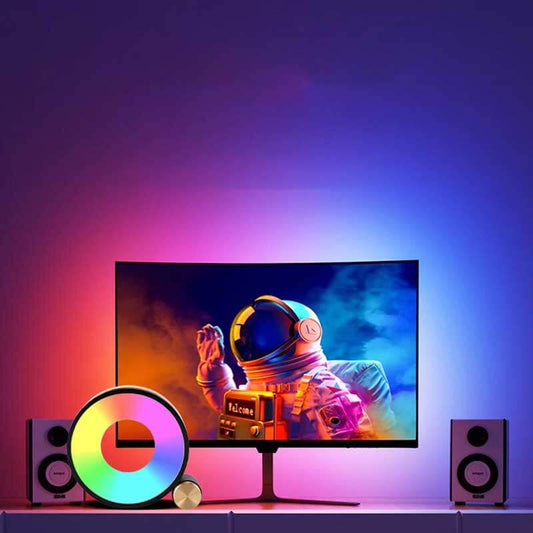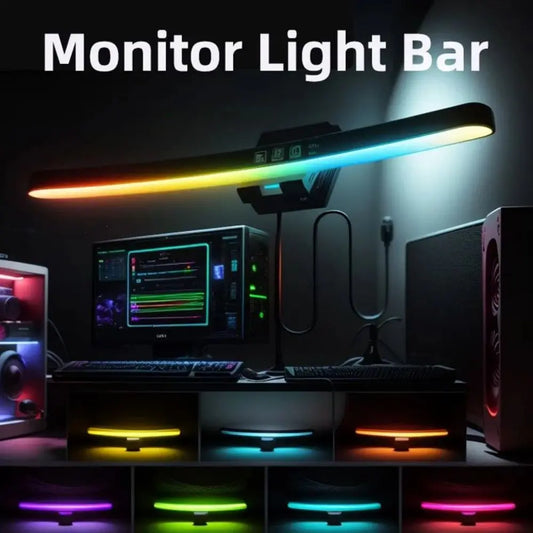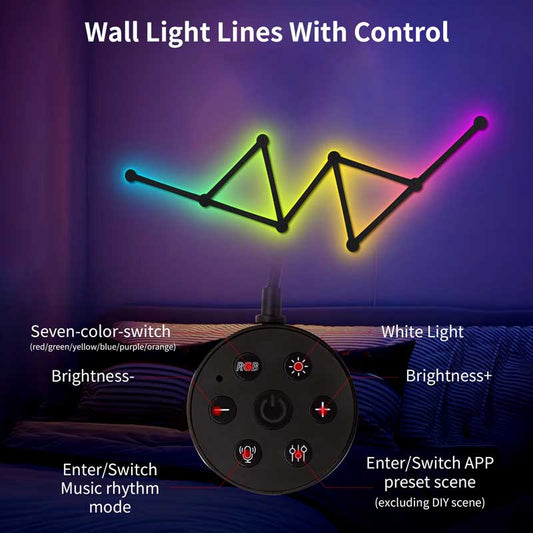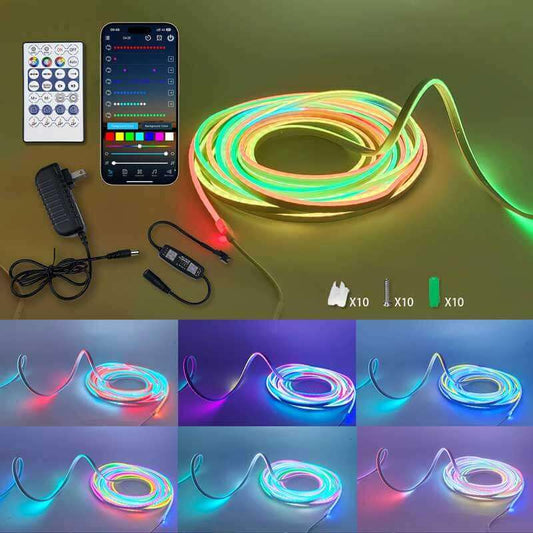LED vs. OLED: Which Lasts Longer, and How Does Usage Affect Their Lifespan?
Share
When choosing between LED and OLED TVs, lifespan and durability are important factors. While both technologies offer distinct advantages, their longevity and performance depend on usage and maintenance.
1. Which Lasts Longer: LED or OLED?
LED TVs generally last longer than OLED TVs because they rely on inorganic light-emitting diodes for their backlighting, which are more resistant to degradation over time. Here’s a breakdown:
LED Lifespan
- Durability: LED TVs can last up to 50,000 to 100,000 hours before their brightness noticeably decreases.
- Technology: They use a backlight system with LCD panels, which does not degrade as quickly as OLED’s organic materials.
- Burn-in: LED TVs are not prone to burn-in, making them better for static content like news tickers or game HUDs.
OLED Lifespan
- Durability: OLED TVs have a lifespan of 30,000 to 50,000 hours before their brightness reduces by 50%. This translates to roughly 10 years of moderate use.
- Technology: OLED relies on organic materials that emit light directly. These materials degrade faster, especially blue subpixels, which can affect color accuracy over time.
- Burn-in: OLEDs are susceptible to burn-in when static images remain on the screen for long durations. However, modern OLEDs include features like pixel shifting to minimize this risk.
2. What Is the Lifespan of OLED?
The lifespan of an OLED TV depends on how it’s used and the conditions under which it operates:
Expected Lifespan:
- 30,000–50,000 hours is the typical operational lifespan before significant brightness reduction. For everyday use (5–6 hours/day), this equates to 10–15 years of service.
Factors Affecting Lifespan:
-
Brightness Settings:
- Operating at maximum brightness accelerates degradation. Keeping brightness at moderate levels can extend lifespan.
-
Static Content:
- Prolonged display of static elements (e.g., gaming HUDs or news banners) increases the risk of burn-in.
-
Blue Subpixel Decay:
- Blue OLED subpixels degrade faster than red and green ones, causing a shift in color balance over time.
-
Heat:
- Higher operating temperatures can accelerate the degradation of organic materials.
Modern Improvements:
Newer OLED models incorporate features like pixel refresh and automatic brightness limiting (ABL) to mitigate wear and prolong lifespan.
3. Is It Bad to Leave an OLED TV On All Night?
Leaving an OLED TV on all night isn’t ideal and can contribute to faster degradation. Here’s why:
Issues With Leaving OLED TVs On:
-
Burn-In:
- Static images, such as channel logos or paused screens, can cause permanent burn-in if displayed for hours.
-
Energy Consumption:
- OLED TVs consume more energy when displaying bright scenes. Leaving them on unnecessarily wastes electricity.
-
Heat Build-Up:
- Prolonged use generates heat, which accelerates the degradation of organic materials.
Best Practices:
-
Enable Sleep Timer:
- Most OLED TVs have a sleep timer feature that automatically turns off the TV after a set duration.
-
Use Screen Savers:
- If you must leave the TV on, use dynamic content or a screensaver to minimize static imagery.
-
Turn Off When Not in Use:
- Manually turn off the TV when it’s not being actively watched.
LED vs. OLED: Summary Table
| Feature | LED TV | OLED TV |
|---|---|---|
| Lifespan | 50,000–100,000 hours | 30,000–50,000 hours |
| Burn-In Risk | None | Moderate to High |
| Brightness | Higher peak brightness | Excellent for dark scenes |
| Color Accuracy | Good | Outstanding |
| Cost | More affordable | Premium price |
| Durability | Resistant to static image issues | Sensitive to static content |
Key Takeaways:
- LED TVs last longer and are better suited for long-term use, especially in scenarios with static content.
- OLED TVs offer superior picture quality but require careful handling to avoid issues like burn-in and brightness degradation.
- Avoid leaving an OLED TV on all night to preserve its lifespan and energy efficiency.
For more detailed technical explanations, check out:
By understanding these factors, you can make an informed decision and ensure the longevity of your chosen display.




